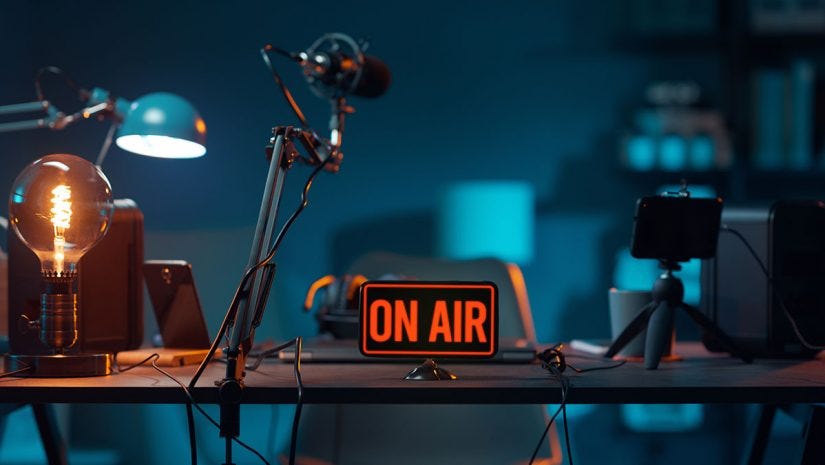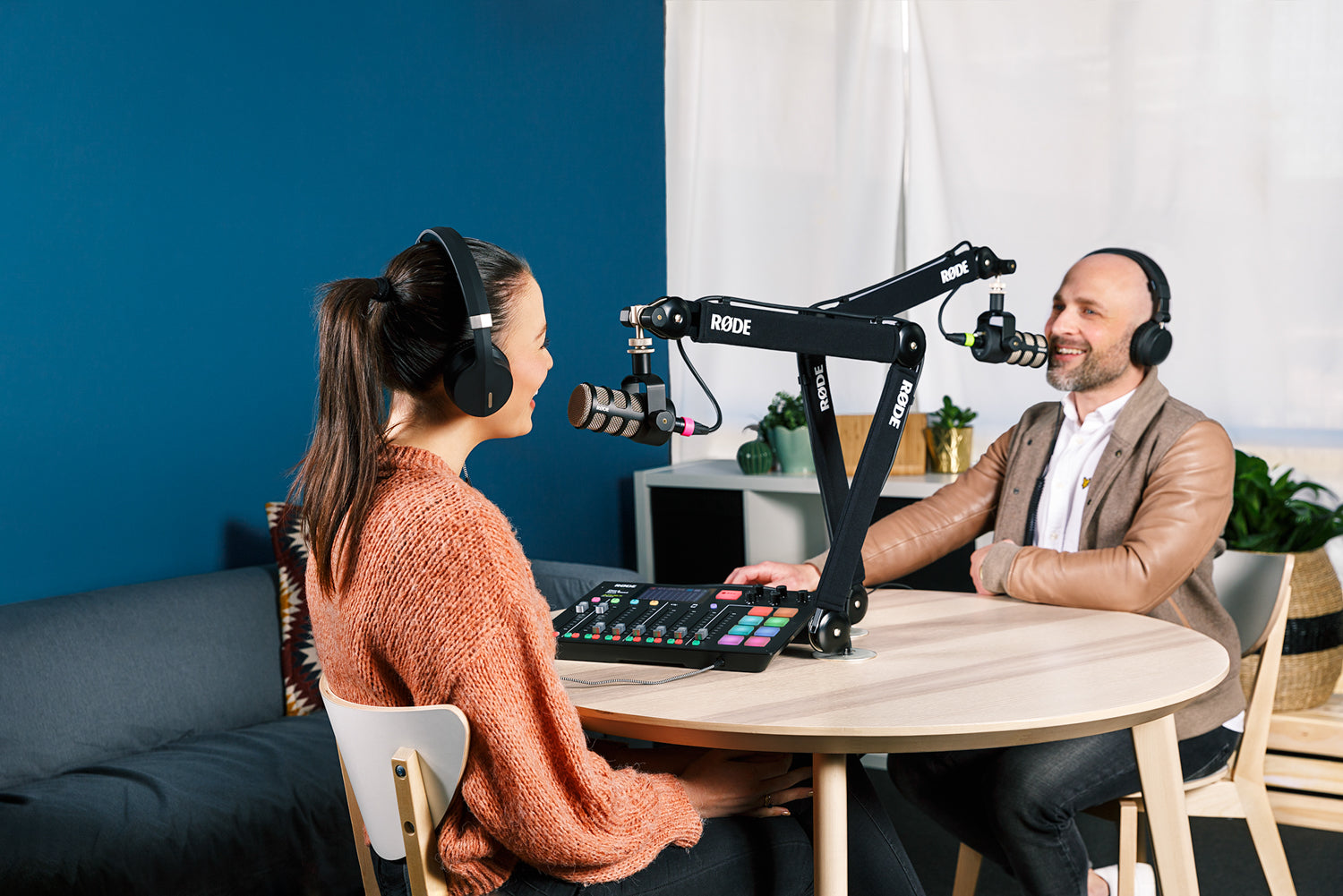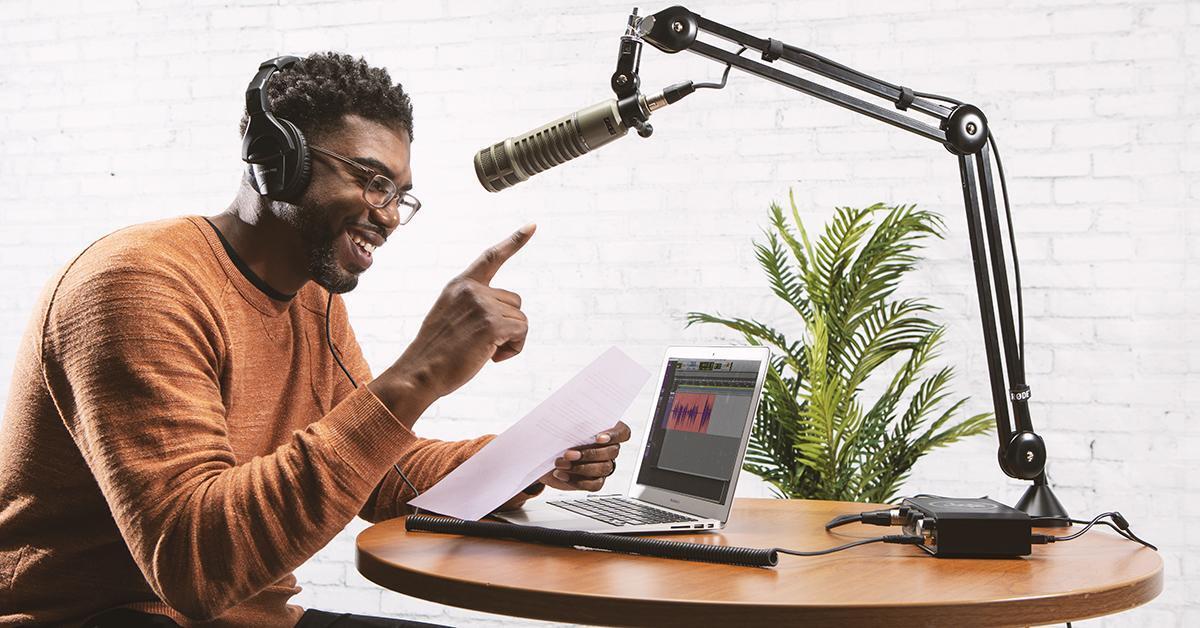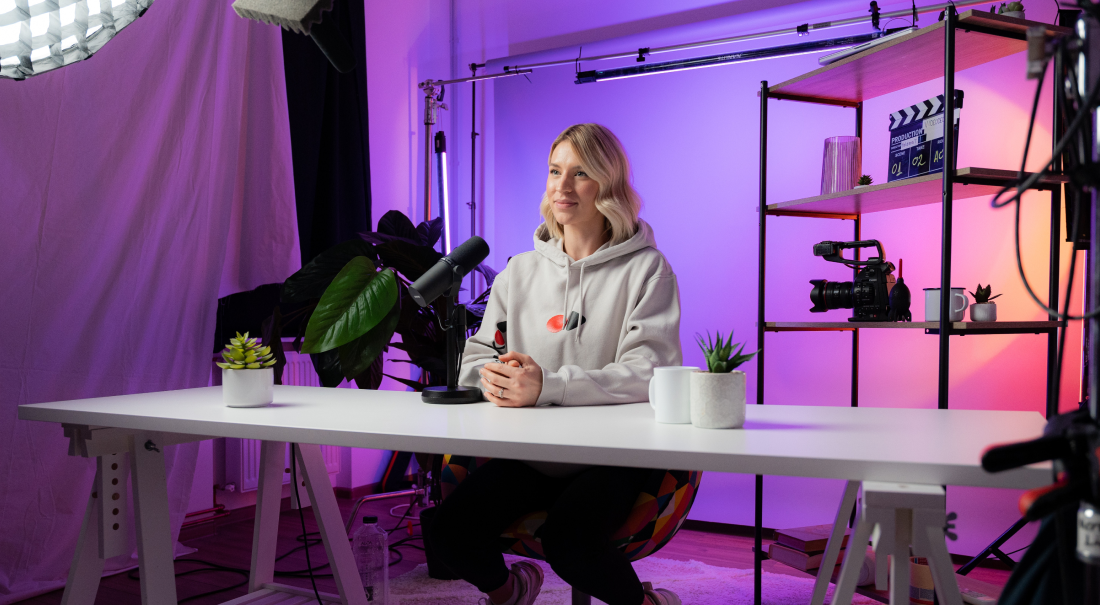Exploring Instagram’s Influence on Video Content
In the ever-evolving landscape of social media platforms, Instagram has risen to prominence as a powerhouse for visual content, captivating billions of users worldwide with its engaging features and dynamic interface. But what exactly makes Instagram so popular, and how has it transformed the way we consume video content?
The Rise of Instagram:
Instagram burst onto the scene in 2010, quickly gaining traction as a photo-sharing app with its user-friendly interface and emphasis on visual storytelling. Over the years, it has evolved into a multifaceted platform, incorporating features like Stories, IGTV, and Reels, catering to the diverse preferences of its users. With its focus on imagery and aesthetics, Instagram has become a go-to destination for creators, brands, and influencers alike, driving unprecedented engagement and community building.
The Evolution of Video Content:
With the introduction of video features on Instagram, the platform has revolutionized the way we consume visual content. From bite-sized Stories to longer-form IGTV videos, Instagram offers a range of formats to suit different viewing preferences. This shift towards video has reshaped the digital landscape, making it easier than ever for users to share their stories, showcase their creativity, and connect with audiences in meaningful ways.
The Dominance of Vertical Video:
One of the defining features of Instagram’s video content is its embrace of vertical orientation, catering to the mobile-first habits of modern consumers. Vertical video has become synonymous with Instagram, providing a seamless and immersive viewing experience that aligns with the way users interact with their smartphones. This shift towards verticality has influenced content creation strategies, prompting creators to adapt their videos to fit the platform’s preferred format and maximize engagement.
The Rise of Over-the-Top Video Editing and Motion Graphics:
In an era of attention-grabbing content, Instagram has become a breeding ground for visually stunning videos that push the boundaries of creativity. From elaborate motion graphics to eye-popping visual effects, creators are constantly striving to captivate audiences with ever more flashy and dynamic content. This trend towards over-the-top video editing has elevated the quality of content on Instagram, transforming the platform into a playground for visual experimentation and artistic expression.
Making the Case for Long-form and Horizontal Video:
While vertical video and flashy graphics have their place on Instagram, there is still a strong case for regular long-form and horizontal video content. Long-form videos offer deeper insights, richer narratives, and more immersive storytelling experiences, allowing creators to delve into complex topics and engage audiences on a deeper level. Additionally, horizontal video formats provide a more traditional viewing experience, catering to users who prefer to watch content on larger screens or in landscape orientation.
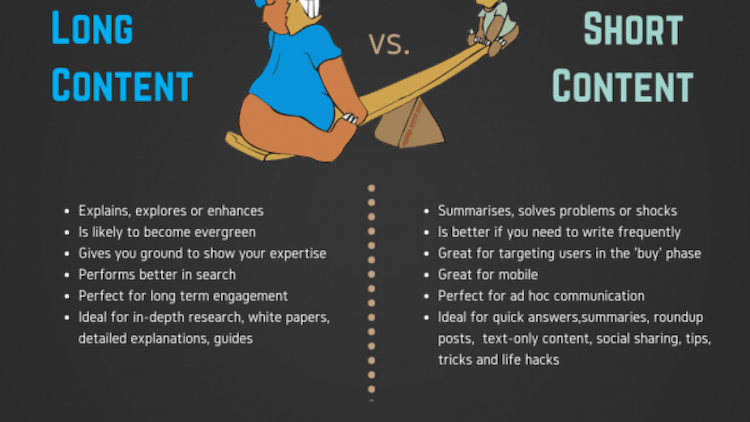
Conclusion:
In conclusion, Instagram’s popularity as a visual-centric platform has reshaped the way we consume video content, ushering in an era of verticality, over-the-top editing, and immersive storytelling. While these trends have revolutionized the digital landscape, there is still a place for regular long-form and horizontal video content, offering creators diverse opportunities to connect with audiences and express their creativity. Ultimately, the key lies in striking a balance between different formats and finding the right platform to showcase your unique voice and vision in the ever-evolving world of social media.

